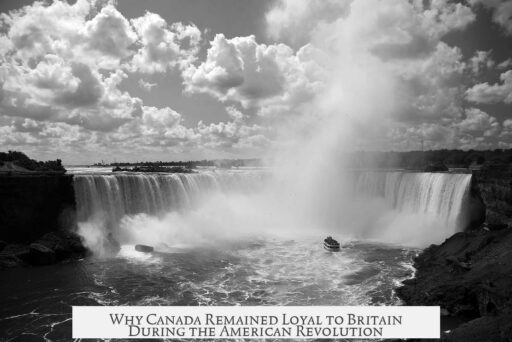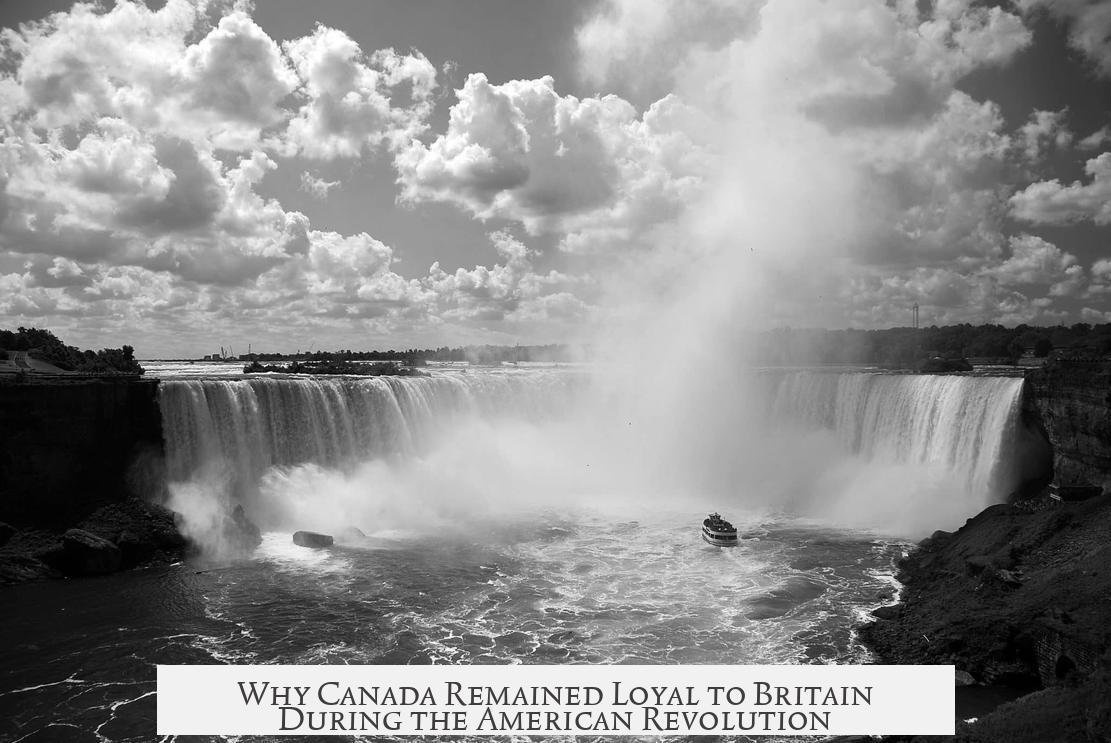Canada did not join the American Revolution because it lacked the political unity, cultural alignment, and economic pressures that fueled rebellion in the Thirteen Colonies. Its unique legal framework, demographic makeup, pro-British elites, geographic isolation, border security concerns, failed American appeals, and British military presence ensured loyalty to the Crown.
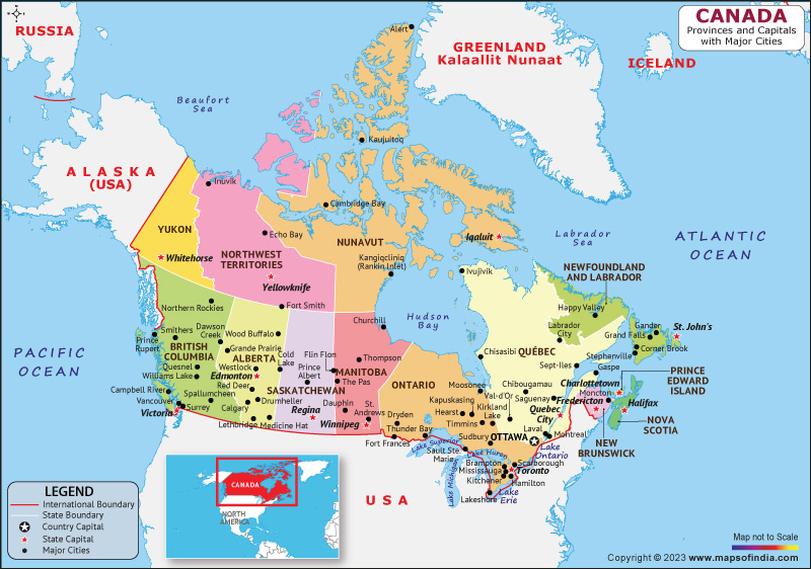
During the 1770s, Canada was not a single, unified entity. Britain had recently taken control of diverse areas, including Nova Scotia, Newfoundland, and the former French colony, New France (Quebec), following major European wars. These holdings formed a patchwork of British colonies with different populations and political structures compared to the American colonies. This lack of a common Canadian identity was a primary factor preventing widespread revolutionary sentiment.
The demographic and cultural context in Quebec played a crucial role. The population was mainly French-speaking and Catholic, unlike the predominantly English-speaking, Protestant Thirteen Colonies. The British government acknowledged these differences by enacting the Quebec Act in 1774. This law guaranteed the French Canadians the right to keep their language, Catholic religion, and French civil law, significant concessions since Catholicism was prohibited in Britain itself. The Act even expanded Quebec’s territory into the Ohio River valley, which had been a point of contention. These guarantees reduced grievances against British rule and fostered contentment rather than rebellion among Quebec’s residents.
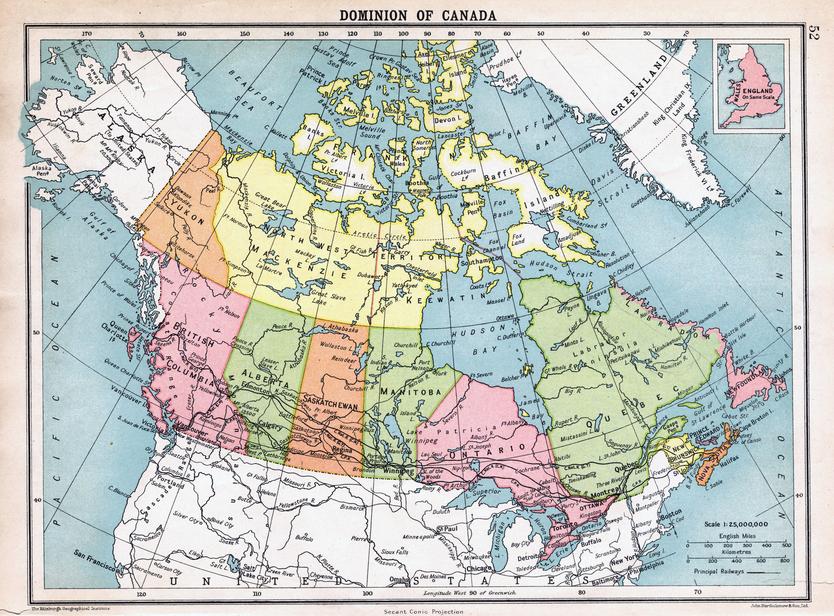
Another essential factor was the presence of pro-British colonial elites in Canadian urban centers like Halifax and Quebec City. These elites influenced local media, which remained loyal to Britain. Michael Eamon notes that newspapers in these northern colonies strongly supported the Crown, unlike many southern papers. This loyalist media environment shaped public opinion, discouraging revolutionary ideas from gaining traction among the broader population.
Geographically and economically, Canada was isolated from the political upheaval in the American colonies. Newfoundland and Nova Scotia, for example, were distant from the main theaters of rebellion. Their economies were less affected by the tensions driving the revolution. This separation meant that the revolutionary ideals and economic discontent that fueled rebellion in the south did not spread effectively to the northern colonies.

Border areas near New Brunswick and Nova Scotia experienced American revolutionary incursions that caused fear among local colonists. These security concerns led to suspicion and distrust of the American rebels and diminished any potential sympathy for the revolutionary cause.
The American revolutionaries attempted to involve Canada in their fight in 1775-1776, launching an invasion of Quebec. Despite the initial hope that the French-speaking population would join the cause, the effort failed. The Catholic clergy urged their parishioners to remain loyal to the British Crown, and the local population displayed neither enthusiasm nor active support for the invading Continental forces. The unsuccessful siege of Quebec ended with American forces retreating, abandoning plans to extend the revolution northwards.

Lastly, the British maintained a strong military presence in Canada. When any pro-revolution sentiments appeared, British naval and military forces swiftly suppressed them, notably in Nova Scotia. The fortification of key cities like Halifax ensured stability and loyalty, allowing Britain to focus on its rebellious southern colonies without worrying about uprisings in the north.
| Key Reason | Explanation |
|---|---|
| Political and Demographic Fragmentation | No unified Canadian identity; diverse new British colonies. |
| Quebec Act (1774) | Preserved French language, law, and Catholic rights, reducing discontent. |
| Pro-British Elites and Media | Loyalist newspapers and influential figures shaped public opinion. |
| Geographic and Economic Isolation | Distance limited spread of revolutionary ideas and economic grievances. |
| Border Security Concerns | Fear of American raids discouraged support for revolution. |
| Failed American Invasion of Quebec | American attempts to recruit Canadians failed due to local resistance. |
| British Military Control | Strong British presence suppressed unrest effectively. |
- Canada’s fragmented political state lacked unity for revolution.
- The Quebec Act secured rights that calmed French Canadians.
- Loyalist elites and media promoted fidelity to Britain.
- Geographic isolation limited revolutionary influence.
- Security fears discouraged siding with American rebels.
- American invasions failed to gain Canadian support.
- British military presence prevented rebellion.
Why Didn’t Canada Join the American Revolution?
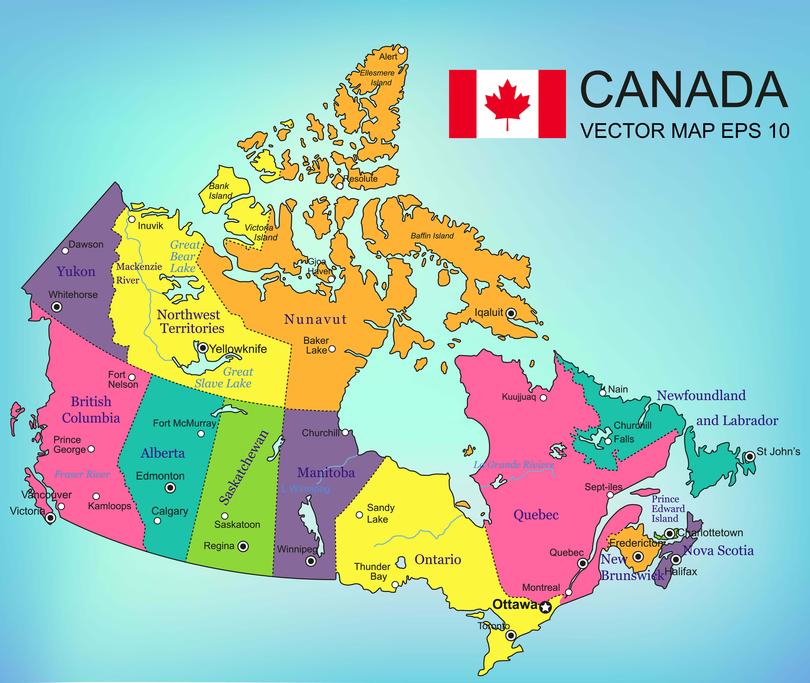
Canada didn’t join the American Revolution because the region was politically fragmented, culturally distinct, and economically isolated, with strong British loyalty and effective military control ensuring no revolutionary spark took hold. Let’s unpack this intriguing slice of history. Why did Canada stand on the sidelines while the Thirteen Colonies fired shots at Lexington and Concord? The answer combines politics, culture, geography, and even a bit of fear.
The Puzzle of Political and Demographic Context

First off, “Canada” in 1775 wasn’t Canada as we know it. The land was a patchwork of different colonies, recently grabbed from France by Britain. Nova Scotia and Newfoundland belonged to Britain since the early 1700s, but Quebec, or former New France, only switched hands in 1763 after the Seven Years’ War. It’s important to know these regions weren’t unified, culturally or politically. The populations ranged from French-speaking Catholics in Quebec to scattered British settlers elsewhere. Unlike the Thirteen Colonies, there was no collective Canadian identity to rally around.
The Quebec Act: A Masterstroke of British Diplomacy?
Here’s a twist. The British gave Quebec special treatment with the Quebec Act of 1774. This law allowed French-speaking Canadiens to keep their language, civil law (which was French, not British common law), and the Catholic Church—surprising when you think Catholicism was banned in Britain itself. This concession was a clever move. It addressed some local grievances before they could become full-blown revolts.
Many American patriots saw this Act as one of the “Intolerable Acts.” Sure, it expanded Quebec’s borders, even into contentious areas like the Ohio River Valley, angering some American settlers. But for the Quebecois? It meant stability and the chance to keep their customs. So, while Quebec residents weren’t exactly huggers of the British Crown, they were content enough to avoid rebellion. Why rock the boat when your rights are intact?
Pro-British Colonial Elites and the Power of the Press
Don’t underestimate the power of loyal newspapers and influential elites. In Halifax and Quebec City, printing presses churned out pro-British content, reinforcing loyalty. These were northern colonial capitals where elites saw Britain as a protector of their interests, unlike in the more rebellious southern colonies. The media wasn’t neutral—it shaped public opinion strongly in favor of staying loyal. If your news championed the Crown, it’s no wonder local folks were less excited about revolution.
Geographic and Economic Isolation: The Quiet Peacekeepers
Distance is a big deal. The northern colonies were physically and economically separated from the fiery political developments happening in the south. Nova Scotia and Newfoundland had little to no economic concerns tying them to the American colonies’ grievances. Radical ideas about rebellion and independence just didn’t diffuse well across vast, rugged terrains and minimal trade connections.
Border Tensions and the Fear Factor
It wasn’t just geography working in Britain’s favor; fear did too. Ordinary settlers were nervous when American revolutionaries poked into border areas like New Brunswick and Nova Scotia. Borders were fuzzy, and the threat of American raids or unrest was real. This uncertainty discouraged colonists from supporting a rebellion that might invite chaos or violence to their doorsteps. Sometimes, fear keeps people loyal more effectively than treaties do.
American Attempts to Woo Canada: A Royal Rebuff
The Americans didn’t just hope Canada would magically join their cause; they tried to make it happen. In 1775-1776, General Richard Montgomery led a campaign to capture Quebec and bring it into the revolutionary fold. But here’s the kicker: The Catholic clergy urged their flocks to support the Crown, muting Canadian enthusiasm for rebellion. Despite dissatisfaction with British rule, the Québécois didn’t want to gamble on an American revolution that might upend their recently ensured rights.
The siege of Quebec failed, and American hopes of Canadian support faded quickly. The population’s ambivalence, mixed with clergy influence and fear of losing guaranteed protections, kept Canada on the sidelines.
British Military Muscle: The Enforcer of Loyalty
While the revolution melted down south, Britain kept a firm grip on the Canadian colonies. In Nova Scotia, a British fleet arrived just in time to squash any rumblings of rebellion. Fortified ports and loyalist elites ensured the region stayed firmly in Crown hands. Strong military presence wasn’t just about defense; it was a statement: rebellion would be crushed hard and fast here.
With French Canadians pacified by legal protections and English-speaking locals lined up behind the British, the military simply needed to watch and wait. The rebellion south of the border posed little threat to these loyal territories.
Summing Up the Reasons: A Unique Situation
| Reason | Explanation |
|---|---|
| Political Fragmentation | Canada was a patchwork of former French and British colonies without a unified identity. |
| Quebec Act Protections | French Canadians kept their language, religion, and laws, reducing revolutionary grievances. |
| Pro-British Colonists | Elites and media favored loyalty to Britain, promoting stability. |
| Geographic Isolation | Distance and limited economic ties from the Thirteen Colonies hindered revolutionary ideas. |
| Border Security Concerns | Fear of American incursions in border regions discouraged joining the rebellion. |
| Failed American Invasion | American troops failed to gain Canadian support, facing resistance from locals and clergy. |
| Strong British Military Presence | British forces suppressed revolutionary sympathies and secured loyalty. |
Could Canada Have Joined the Revolution?
The question lingers: had circumstances been different, could Canada have joined the American revolutionaries? If the Quebec Act hadn’t guaranteed French Canadian rights, perhaps resentment would have led to rebellion. If American forces had succeeded in winning hearts and minds during their invasion, it might have altered history. But as it stands, multiple factors combined to keep Canada loyal and quiet.
Interestingly, this has had long-term consequences. Canada’s trajectory was distinct, with its own path of nationhood separate from the United States. Ironically, the American Revolution’s failure to incorporate Canada arguably shaped North America’s future borders and politics.
Want to Dig Deeper?
For readers craving more insight, consider these authors who have illuminated this complex history:
- Desmond Morton’s A Short History of Canada offers a concise understanding of early Canadian history.
- Robert Bothwell’s Penguin History of Canada provides detailed political context.
- Michael Eamon’s Imprinting Britain; Newspapers, Sociability, and the Shaping of British North America explores media’s loyalist role.
- Kate Dunsmore’s article on the Nova Scotia Gazette gives a fascinating look at local journalism in 1775.
In short, Canada’s choice—or rather, circumstance—to sit out the American Revolution reveals how history hinges on many subtle factors. From cultural protections to military might, and local loyalties to geographic realities, all these pieces shaped a peaceful border where revolution might have otherwise spread.
So next time someone asks, “Why didn’t Canada join the American Revolution?” you can share this layered story of a country quietly watching its neighbors’ upheaval unfold while choosing stability over rebellion. Sometimes, choosing the side of conservatism isn’t about fear or submission—it’s a strategic choice made under unique pressures and promises.
